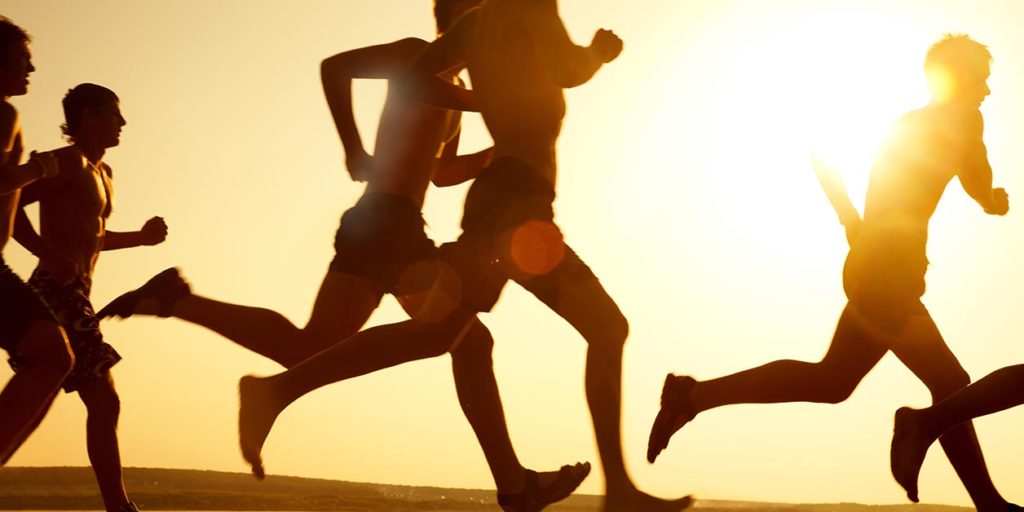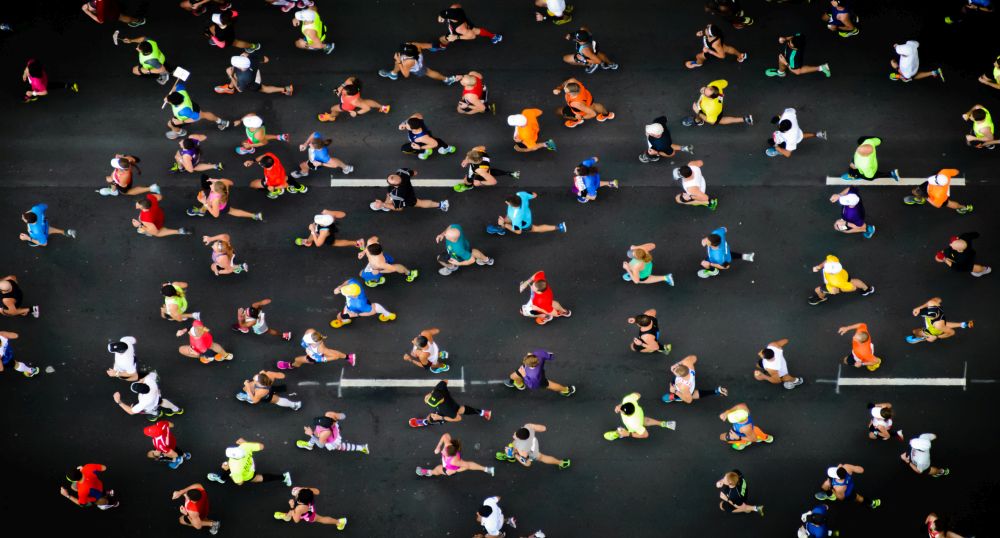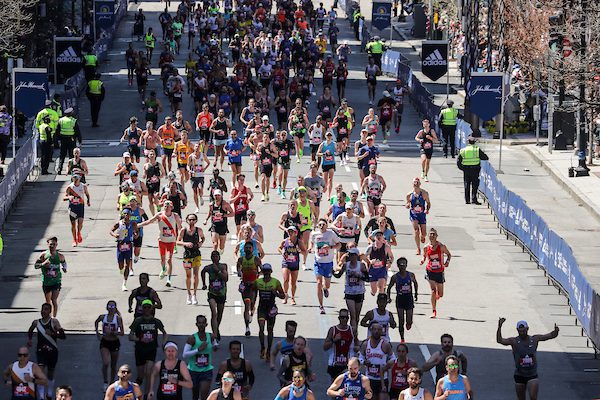Why you should be aware of RED-S (even if you are neither elite nor female)
Inadequate fuel intake can lead to relative energy deficiency in sport, and can affect both women and men, elite and recreational runners

In recent years, professional athletes have started to open up about the insidious condition known as relative energy deficiency in sport (RED-S). But the condition doesn’t only affect elites. So how does a recreational runner know if they are displaying symptoms? Recent studies have shown that training with a regular caloric deficit of as little as 300 calories a day can lead to RED-S.
Low energy availability (which may lead to a diagnosis of RED-S) is a mismatch between an athlete’s energy intake, or diet, and the energy expended during exercise, leaving inadequate energy to go toward health and athletic performance. In short, it means they are not taking in enough nutrition to adequately fuel their training, and over time is likely to cause disruption to metabolic rate, menstrual function (in females), bone health, immunity, muscle growth and repair and cardiovascular health. It is not limited to female athletes, even though certain aspects of the condition (such as disordered eating, where it is a factor) may be associated in the public’s mind with women more than with men.

While RED-S has many similarities to overtraining or overreaching (terms runners may be more familiar with), according to overtraining syndrome expert Alexandra Coates, RED-S builds upon the model those diagnoses also fit into. Coates suggests many other physiological symptoms can occur as a result of RED-S.
The lasting impact of RED-S can be severe and detrimental to many aspects of a runner’s life, so knowing what to be aware of and when to see a physician are important.
For women, loss of their period (amenorrhea) is an immediate signal to see a doctor and have bloodwork done. Coates suggests other symptoms to watch out for are training inconsistencies, extremely low energy, and stress fractures or bone injuries.

One possibly surprising symptom is unexpected weight gain during a training cycle. As Coates explains, when an athlete is continuously living in a caloric deficit, metabolic disruptions can occur and the body shifts into starvation mode. Despite eating less, runners may find themselves gaining weight. Without knowledge of RED-S syndrome and regular checkups, even runners who consider themselves quite average in ability may unknowingly set themselves up for disordered eating–something that many female endurance athletes (including ultrarunners Lucy Bartholomew and Amelia Boone and Olympic marathon bronze medallist Molly Seidel, among others) have shared their experiences with via social media in recent years.

When increasing their training load, athletes should make sure to increase their caloric intake. Instead of operating from the mentality that leaner is better, runners need to remember that getting stronger requires more fuel. Trying to train in a continuous state of low energy availability will invariably lead to disappointment, loss of motivation, and potentially also to physiological and neurological damage.
RED-S, overreaching, and overtraining are all avoidable, and by maintaining a diverse, nutritious and non-restrictive diet (including a healthy amount of carbohydrate) and staying on top of regular physical checkups with a physician, runners can stay in the green, healthy zone.


